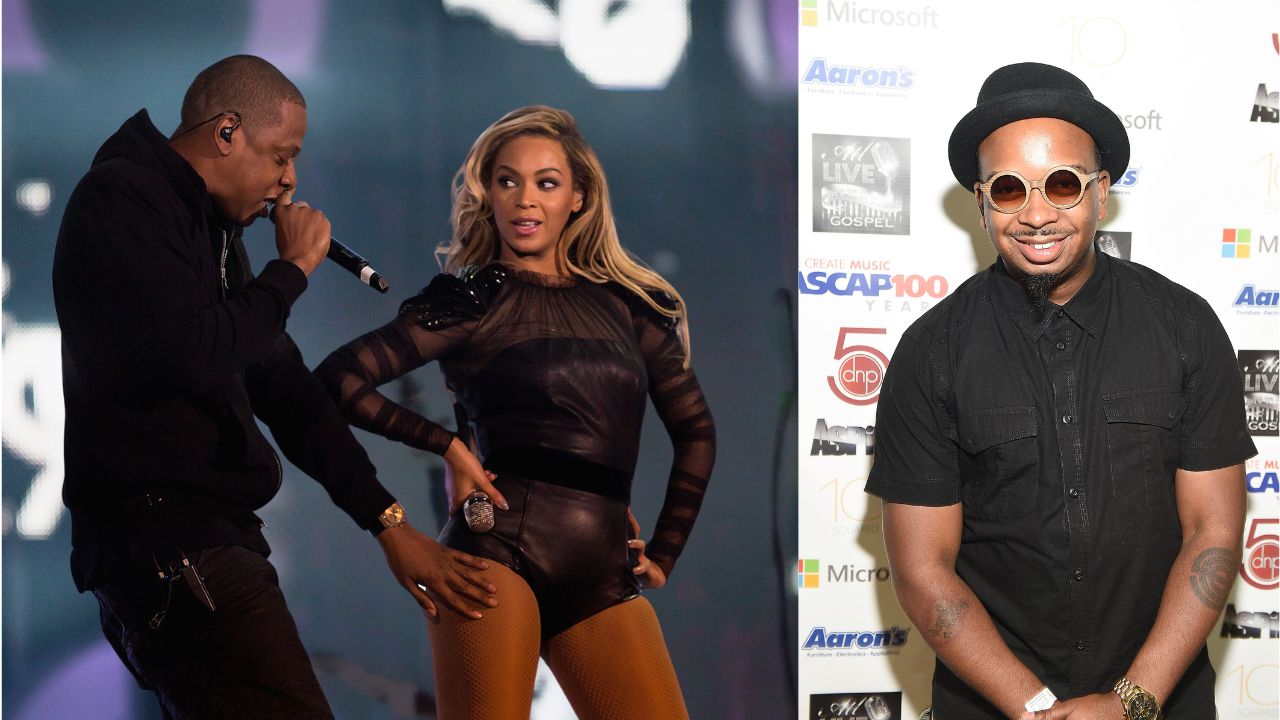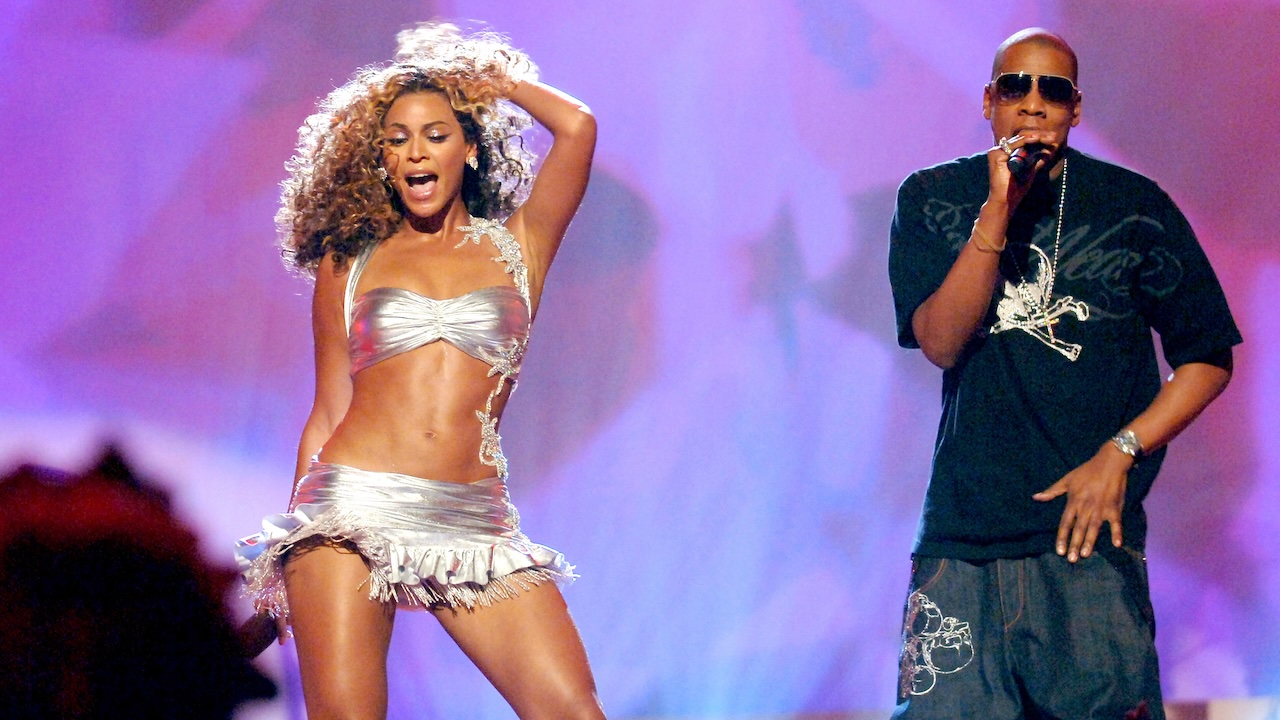
“Bass.” When Beyoncé uttered that simple word at the start of her hot hit from the summer of 2006, low-enders everywhere cocked their ears. Sure enough, what followed were the pulsating plucks of Jon Jon Webb on Deja Vu.
For Webb, “bass” has been in his blood since he was 10, when his godmother bought him a four-string. The 42-year-old St. Louis native originally started on drums at age three, and he continued as a stickman on church and gospel gigs while shedding bass guitar at home to the sounds of Jaco, Victor Wooten, Marcus Miller, and local idol Tom Kennedy.
Having switched to bass full-time at 16, he eventually moved to Houston, where he put together a home studio and played hip-hop and neo-soul gigs. Meshell Ndegeocello heard him in a club one night and hired him for a two-year stint as her touring bassist.
Along the way, he met super-producer Rodney Jerkins, who has worked with Whitney Houston, Mary J. Blige, J-Lo, and Michael Jackson. The two have been collaborating ever since.

In spring 2005 Webb found himself in Jerkins's New Jersey studio, with several other co-writers, on a mission for Miss Knowles. “Rodney and I came up with the concept of doing an old-school track,” Webb told Bass Player. “A throwback with real bass and horns; that's part of why the title is Deja Vu.”
Webb sat in the control room with his late-'90s Fender Marcus Miller Signature Jazz Bass, which had an onboard Aguilar preamp and a worn set of Ernie Ball roundwounds tuned down a whole-step.
Plugged into a Neve mic preamp and playing only to a click track, Webb proceeded to lay down the bassline in one pass. The rest of the track – from the percussion to the vocals, rap, and horns – was eventually recorded on top.
The song begins with Beyoncé's one-word proclamation, followed by Webb's slide into the main two-bar ostinato. As he repeats the line, Knowles announces the introduction of hi-hat, 808 (kick drum from a vintage Roland drum machine), and her beau, Jay-Z.
In bars 7 and 8, Webb glides up the fingerboard for a vibrato-rich fill, which kicks off Jay-Z's rap. “The bassline just came to me, or more accurately through me. I wasn't thinking of a specific player or style. I just wanted to use my creativity and my fingers to touch listeners.”
A restatement of his earlier upper-register fill leads Webb into the bridge, where he applies 3rds for a more melodic part. “I knew Beyoncé would really belt it out there, so I wanted to play something more in your face.”
The chorus finds Webb returning to the main groove, as he does for the second verse. The bridge and chorus repeat as before, setting up Jay-Z's rap.
The interesting third bridge comes from Jerkins' idea to have the bridge changes on top, with Webb's main groove on the bottom. This gives way to a regular bridge followed by the last chorus.
In a final nod to Webb's powerful bridge sub-hook, the vocals lay out, leaving bass to fill the space. “The key is to drive the part with a consistent intensity, it basically sits in the middle of the pocket, but the main groove needs to be a little more urgent and in the face, while you can back off in the bridge sections a bit.”
Divinity Roxx would go on to perform the track live with Beyoncé. Although she was a member of Victor Wooten's touring band and knew Jon Jon Webb, she had no inside track to landing the touring bass chair. “On the second day of auditions, we learned and played Deja Vu all day,” she told Bass Player. “So I really got the part down.
“Live, we played the song with pretty much the same arrangement and tempo as the CD, although Beyoncé likes to change it up a bit for each show. If Jay-Z isn't on hand for the rap, that section becomes a percussion solo.
“I tried to stay as close to Jon Jon's original line as possible, because it's so bad. You can't be afraid of it – you have to dig in, play hard, and drive the song.”







